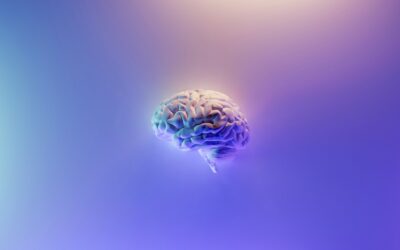The teacher and learners began each session with the invocation, ‘Let us learn together in alignment, with energy, seeking the higher wisdom, with no discomfort’.
The learning process was ‘sravana manana nidhityasana’ meaning ‘hearing and sensing to know, reflecting to understand, analyze and synthesize what is known, and applying this knowledge through action learning, constantly evaluating and creating new knowledge and wisdom.’
The combination of these concepts is known through curricular frameworks of Taxonomy such as Bloom, adult learning theories such as Kolb and Knowles, more recent advances such as action learning and microlearning. All these are based on the learning theory that all effective learning would need to move the learner out of a static zone of comfort into a series of uncomfortable, ever-expanding series of expansions. This truly is The Hero’s Journey.
This journey is time-based. It needs time to help us adjust to the discomfort through both physical and mental reorientation.
At the physical level, it took me time to understand what Patanjali, creator of Yoga meant when he defined the physical poses of asana as the state of ‘stability and comfort’. For the learner, these poses can be excruciatingly painful. Over time, when combined with breath movements, the practitioner learns to finally relax even with the complex movements in a flow, and smile even with some pain in the background.
Every Yoga practitioner experiences this.
At the mental level, it takes time to learn to meditate without disrupting thoughts. Neuroplasticity helps in disengaging and merely witnessing thoughts. This is perhaps why in the Vedic system of learning, the mind and body were trained simultaneously.
How can we use the powerful ancient wisdom in imparting learning to knowledge and then to wisdom, understanding that knowledge without wisdom, as Francis Bacon said, is like ‘water in the sand’: useless and often dangerous?
Some of the approaches we, at Coacharya, are experimenting with are
- Beginning the learning sessions with centering to become aware of one’s body and mind, through postural, breathing, and meditation techniques
- Followed by learners sharing experiences thus far in the journey vulnerably with trust, especially what was learned in the previous session
- Introduce new concepts in small bytes of not more than 15~20 minutes, the outline of which has been already provided to look at.
- Discuss, question, explore the topic till there is clarity and understanding.
- Practice the learning to embed in class
- A session of ~90 minutes can be structured to incorporate all the in-class learning
- Practice what was learned at work and life to learn and grow through action learning, and then share with others in the class
- Deepen the learning through reflective assignments
These steps are built around the mindset of the learner and teacher. I use the term teacher as the equivalent of the word ‘acharya’. This means ‘one who walks by your side to help you grow’. The teacher has no sense of superiority as a provider of knowledge, merely one of deep compassion for the learner.
-
The teacher is an equal, engaging in respectful horizontal communication with committed learner-centricity
-
The learner is keen to learn, willing to be in discomfort, with clear intent about the journey objective
-
Both are in a non-judgmental and not knowing mindset, starting with the self-aware mindset of the teacher, which can then help transform the learner
-
Understanding that there can be no learning without reflection, application, and reflection on what has been experienced as a virtuous cycle
-
Consistent evidencing of learning in order that both the teacher and the learner are aware of where they are.
The quintessential Zen master says this best.
Life was simple & joyful.
As I was learning, things became complex, and life was not so joyful.
Then I learned I needed to let go of the
burden of knowledge and become not knowing.
I am again joyful.



